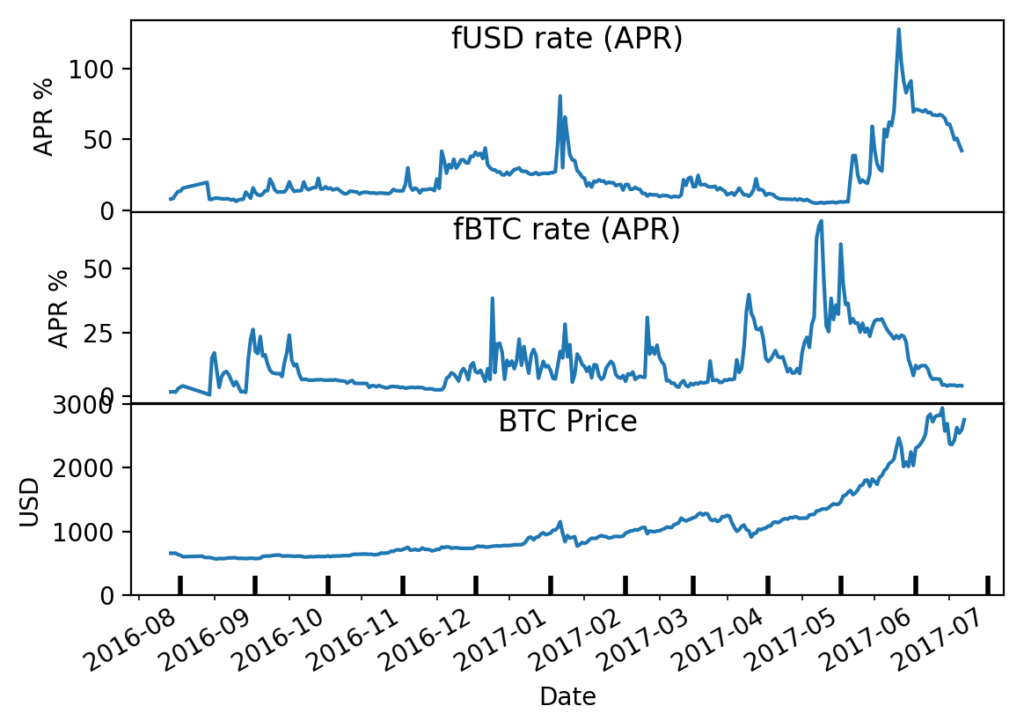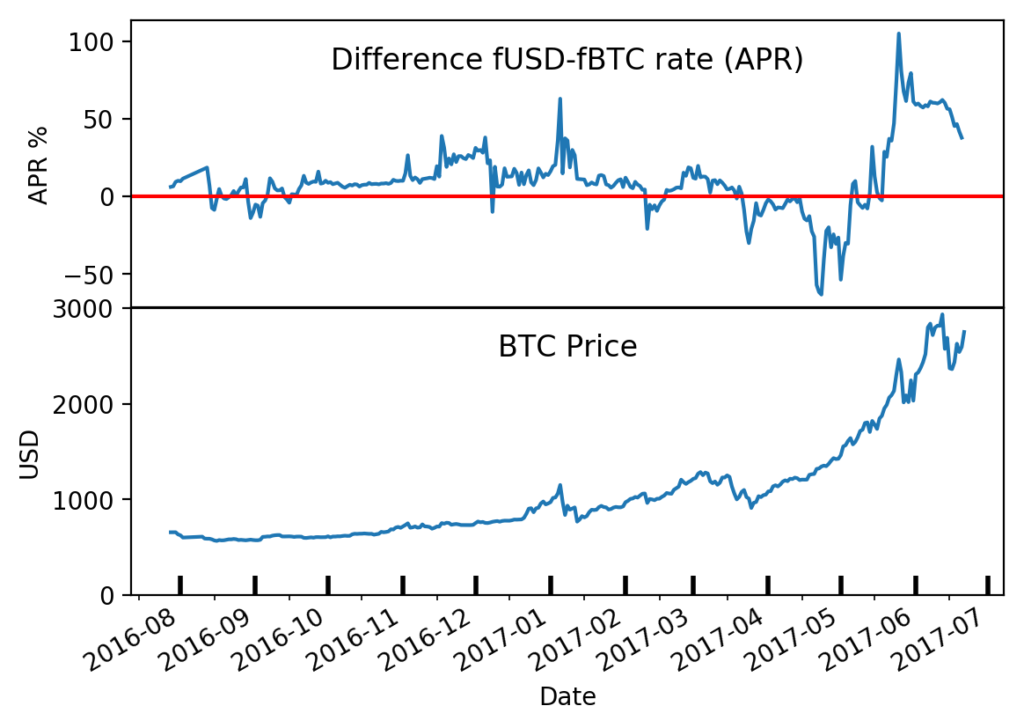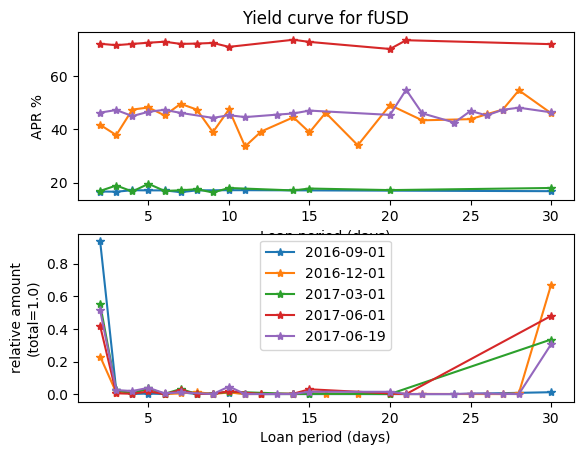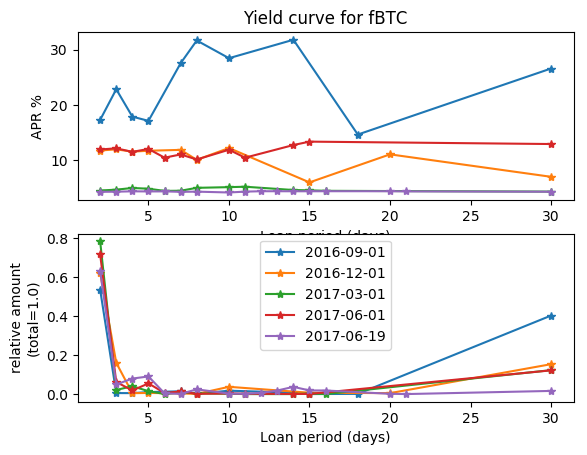Follow @solverworld Tweet this
ICO? Initial Coin Offering. Remind you of an IPO (Initial Public Offering)? It is meant to. Bancor raised $147 million in a few hours. Block.one sold $185 million of EOS tokens in 5 days. Tezos has raised over $100 million in 2 days, with 10 more days to go and no cap. There are currently almost 20 ICOs planned for the month of July. See the sites at the bottom of this post for lists of ICOs.
There are plenty of analyses to be found online about the pros and cons of the various ICOs (or token sale, or whatever name they are actually called). What I want to do is give you the perspective of a private investor on these deals – and how they compare to more traditional private investments.
I have made dozens of private investments in startup companies, been involved in dozens more as a member of an investment committee, and seen probably hundreds, if not thousands, of other deals cross my monitor.
There are a number of dimensions along which a deal gets evaluated. Some are:
- Business plan Is this a good business to be in?
- Team Are these the right people to execute the plan?
- Market Is the market for this product large enough or growing fast enough to be interesting?
- Price What price am I paying to get in on this opportunity?
- Terms What are the fine print details on the deal?
As I said above, there are plenty of other places debating the business plans and teams. Today, I want to discuss the terms. Generally, these do not get much attention in a private deal. Not because they are not important, but because they are so important that standard terms have evolved over time, and people assume that these standard terms will be included. Each one has a reason for being included.
A Private Investment Term Sheet
Let’s go through a standard private investment term sheet and see what kinds of things are in there. We will call our company the imaginative name NewCo. We will call our new coin NewCoin. I am leaving out a lot of the gory technical language here; if you want to see a full model term sheet, check out the National Venture Capital Association.
| Price | Example: Investors will invest $2 million in NewCo, at a $10 million fully-diluted post-money valuation, including a employee pool of 20% of the post-money capitalization. They will receive Series A Preferred Stock. Explanation: Investors will get 20% of NewCo after the financing, including all other convertible securities, such as options (this is the fully-diluted part). NewCo is setting aside 20% its shares for issuance to employees in the future. The Series A Preferred Stock is really just a label – its properties are defined by the rest of the term sheet. |
| Dividends | How and when dividends might be paid. Important to prevent the company from paying out all it’s cash in dividends to the common stockholders and not giving any to the investors. |
| Capitalization | The company’s capital structure before and after Closing is set forth in exhibit A. So everyone knows who owns what. |
| Liquidation Preference | Describes how liquidation or acquisition proceeds are split with investors. Generally there is some preference to investors. In our example, if the company were sold a month after the investment, for $5 million, the investors would receive 50% of their investment (losing $1m), but the founders/employees would walk away with $4 million, without doing anything. To prevent this, various preferences for the investors have evolved called non-participating or particpating Preferred Stock. Generally, the first proceeds of a liquidation go back to the investors until they receive their investment back. |
| Conversion | This allows investors to convert to Common Stock when it become advantageous. This is how they can exit the deal in an IPO, for example. |
| Antidilution | This specifies how the investors purchase price can change if the company issues shares later at a much cheaper price. Without this, there would be no way to stop a company from issuing lots of cheap shares after an investment and diluting the investor. |
| Information Rights | Details how information will be provided to investors over time, for example, monthly financial reports, annual audits, etc. This forces the company to keep providing information in the future. |
| Voting Rights | Specifies how various votes will be taken. |
| Registration Rights | Very technical details on how shares should be registered, relative to public offerings. |
| Representations and Warranties | Statements about the company that the founders declare are true, E.g. here are all our debts, we have no pending lawsuits, etc. |
| Board of Directors | How many members will be on the board, who will they be, how can they be changed in the future. They are generally elected by the stockholders. |
| Future Financing | How can future financings be conducted? Will the current investors have the right to participate in a pro rata share? Do they have the right to approve the financing? |
| Vesting | If a Founder leaves the company 2 days after financing, should they keep all their shares? Since the investors presumably invested because of the specific founders, they would not want to to see them leave. Typical terms might be 25% of the stock vests after 12 months, with the rest vesting over another 3 years. Also Founder’s rights to sell shares is restricted (also note that investors generally have restrictions on their sales as well). |
| Employee Matters | Each Founder should sign a non-compete agreement, and non-disclosure agreement (NDA), and a non-solicit agreement (that they will not hire away current employees if they leave). Also, they agree that intellectual property developed by them for the company belongs to the company (IP Assignment). |
In a private investment, money goes into NewCo, which is managed by a Board of Directors, who hires the CEO. If all the employees walk out, they don’t take the funds of the company with them, and they lose their shares according to the vesting schedule. While obviously not what was intended, the money would still be there, and the BOD (elected by the shareholders) could hire a new CEO and team. They could even give the funds back to the investors and call it a day. The BOD has a fiduciary responsibility to the investors to act in their best interests. They could not, for instance, divide the money up among themselves.
Compare versus ICO
Let’s now look at a typical ICO and see how these items relate.
Generally ICOs specify the price you pay for each NewCoin, generally in bitcoin (BTC) or ethereum (ETH). But each NewCoin does not get you any ownership in a business. The business that NewCoin is in could do well, NewCoin could become very popular and fashionable, but NewCoin has to increase in value for you to see a return. You also do not own any future IP or technology developments that the founders/developers create [compare with IP Assignment]. Since code is almost always open-source, there is nothing proprietary about it.
In an ICO, investors have no oversight or control over what the Founder team is doing. In the case of a foundation being created, this might be up to the foundation’s directors, but again, they might not be elected or answerable to the investors. There should be something comparable to an elected BOD.
What prevents founders and developers from walking away? Where is the vesting?. The distribution of NewCoin to founders is generally opaque (no cap table is generally provided) so you don’t know who owns what. If they developers want to develop a better, competing coin based on what they learned at NewCoin, can they? [compare to non-compete agreement]. To the extent founders hold NewCoin, there would be an incentive for them to help out NewCoin, but the distribution is unknown, and without vesting they might just sit back and see others do the work.
Coins kept by founders running NewCoin could be considered like the stock held by founders in a PI. They have incentive to make the coin increase in value. The issue is there is no lockup to prevent them from selling, no vesting terms, and no public knowledge of their ownership. They could sell their coins and no one knows.
ICOs are somewhat more akin to a Limited Partnership where the investors generally do not have control over the operations and details, except that in an Limited Partnership (1) there are provisions for removing General Partners (GPs) in extreme cases, and (2) the GP has a fiduciary responsibility to the LPs. An ICO should have a mechanism for providing such a responsibility.
What if the NewCoin needs more money to finish development? In a private investment, there are ways to raise additional funds, but it is not as obvious how NewCoin does this. They could sell some of the reserved coins (if there are any and they have value), but often the supply is fixed. In an ICO you might be stuck.
Private companies generally stage their investment. At each stage, money is raised to reduce risk and bring the company to a milestone that greatly changes its value. This is more capital efficient and less risky for all concerned. Rather than raise 100M on an idea, companies might raise $1-5M in a series A to prove out an idea or concept, then raise 10-20M in Series B, and so on. Each phase should be reducing some risk. ICOs are generally a one-shot deal. There is no first proof-of-concept stage, with later money coming with results.
Lists of ICOs:










